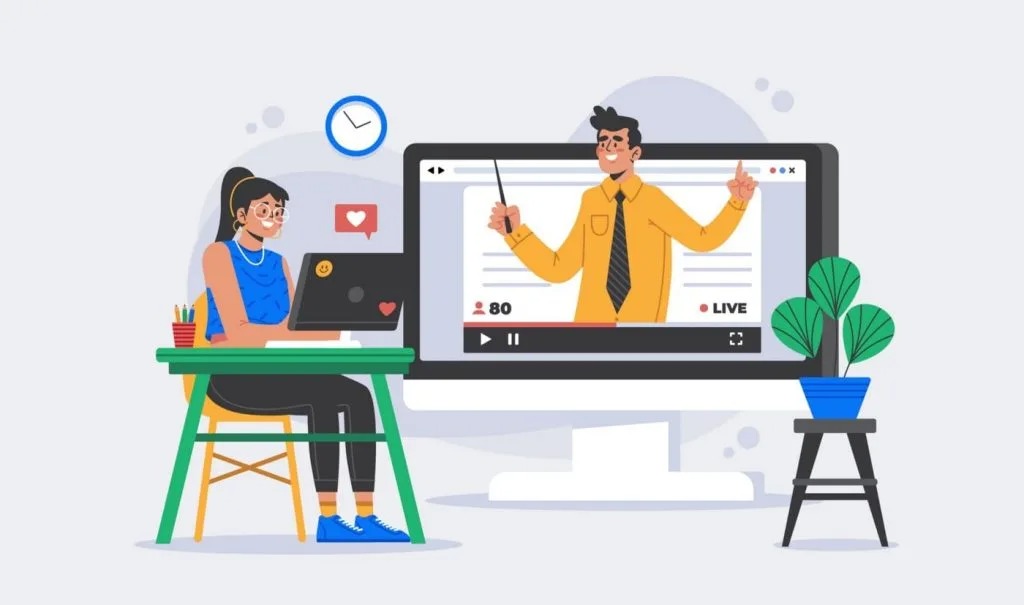Imagine a digital classroom where students are eager to learn, parents can easily navigate resources, and educators can effortlessly manage their content, all from a beautifully designed website. In today’s world, an educational site is more than a means of an online presence; it’s the foundation of modern learning environments. Whether launching a platform for online courses, a school website, or a resource hub, design plays a central role in shaping the user experience and success of the site.
But what exactly makes an educational website effective and engaging? What design elements contribute to creating a seamless learning journey for diverse users? This guide dives deep into the essentials of Education web design in Melbourne, providing a step-by-step blueprint to create a website that not only looks great but also fulfils its purpose flawlessly.
1. Define Your Educational Website’s Purpose and Audience
Before opening any design software, start by clearly defining the goals of your website. Different types of educational websites serve different needs:
- School or College Sites: Focus on information about courses, faculty, events, and admissions.
- E-learning Platforms: Deliver course content, quizzes, certificates, and interactive media.
- Resource Hubs: Provide downloadable materials, study guides, and community forums.
Knowing your target audience, whether it’s students of a particular age, educators, or parents, shapes design decisions around content hierarchy, tone, and navigation.
2. Design Intuitive and Accessible Navigation
The hallmark of a successful educational website is ease of use. Students and parents often visit these sites under time pressure and with specific goals.
- Implement clear menus and categorised sections (e.g., Courses, Resources, Support).
- Use breadcrumb trails to orient users.
- Include a search bar prominently to help users find materials quickly.
- Group related information logically, and avoid overwhelming visitors with too many options.
3. Ensure Mobile Responsiveness and Cross-Device Compatibility
Learning happens everywhere, from desktops at school to smartphones on the go. Responsive design is no longer is an option; it’s mandatory.
- Use flexible grid layouts and media queries in page design to adjust content dynamically.
- Simplify complex menus into touch-friendly dropdown or hamburger menus on mobile.
- Optimise images and videos for faster loading without sacrificing quality.
Google’s mobile-first indexing also means responsive sites rank better, boosting visibility for your educational platform.
4. Use Visual and Interactive Elements to Enhance Learning
Static text can only go so far in engaging users. Educational websites shine by weaving interactive elements into the design:
- Embed video lessons and tutorials for visual learners.
- Include animated graphics and infographics to distil complex information.
- Include interactive quizzes and surveys in design to encourage active learning.
- Offer downloadable PDFs and worksheets for offline study.
Tools like gamification (badges, progress bars) can motivate learners and provide a sense of achievement.
5. Prioritise Accessibility for All Learners
Creating an inclusive educational experience starts with accessibility. Your website should comply with standards such as WCAG 2.1 to support learners with disabilities.
- Use high-contrast colour schemes for readability.
- Provide alt text descriptions for all images and multimedia.
- Ensure keyboard navigation is possible for all interactive elements.
- Use scalable fonts and avoid overly complex layouts.
This commitment not only widens your audience base but also demonstrates your social responsibility and compliance with legal requirements.
6. Facilitate Easy Communication and Support
Open, easy communication channels can elevate the educational experience significantly.
- Incorporate contact forms for queries and feedback.
- Include live chat or chatbot options for real-time support if feasible.
- Offer clear information on how to reach staff or technical support.
- Consider integrating forums or discussion boards to foster community engagement.
Clear communication pathways build trust and keep your learners supported throughout their journey.
7. Establish Trust with Professional, Consistent Design
An educational website needs to instil confidence at first glance.
- Use a clean, modern layout with whitespace to improve focus.
- Consistent colour palettes and typography reinforce brand identity.
- Add high-quality images of students, faculty, and learning environments.
- Feature testimonials, accreditation badges, and case studies prominently.
These elements collectively demonstrate legitimacy, encouraging visitors to explore and engage more deeply.
8. Implement SEO Best Practices for Local Reach
To attract a local audience in Melbourne, integrate SEO strategies during the design phase:
- Include targeted keyword phrases such as Education Web Design in Melbourne naturally within headings and content.
- Use location-specific meta titles and descriptions for pages.
- Optimise site images with descriptive file names and alt attributes.
- Encourage backlinks from local educational institutions and directories.
Effective SEO increases organic traffic, helping your educational website reach more potential learners and parents.
9. Build a Scalable Site for Future Growth
Education needs evolve constantly. Choose a content management system (CMS) platform like WordPress, Webflow, or Shopify (for education-related ecommerce) that supports easy updates and expansion.
- Design flexible templates for adding new courses and resources.
- Ensure integrations with third-party tools (like Zoom, Google Classroom, or payment gateways) are smooth.
- Plan a clean backend to simplify content updates by non-technical staff.
A scalable design ensures your website can grow alongside your educational offerings.
Conclusion
Designing an educational website is a dynamic process that demands attention to functionality, user experience, and inclusivity. By crafting intuitive navigation, enriching interactive content, ensuring accessibility, and optimising for local visibility, you create a digital space that truly supports learning and growth.
For organisations in Melbourne seeking expert guidance and tailored digital solutions, JTB Studios, a trusted digital agency in Melbourne, combines decades of experience with innovative design strategies to deliver exceptional educational websites that foster engagement and success.





